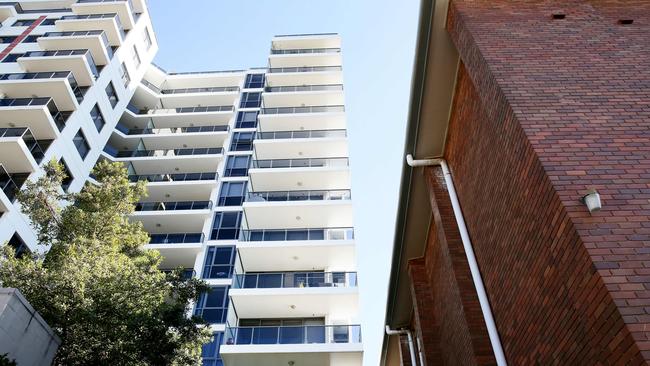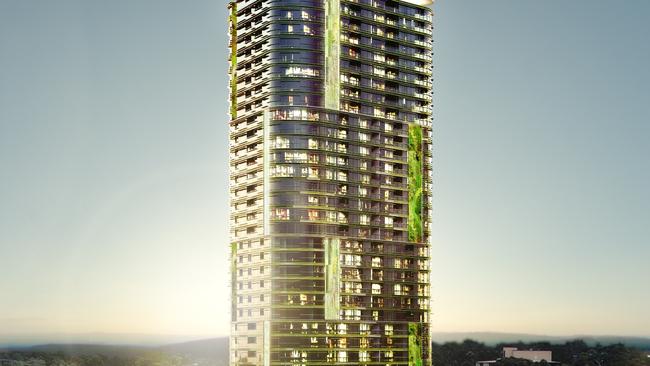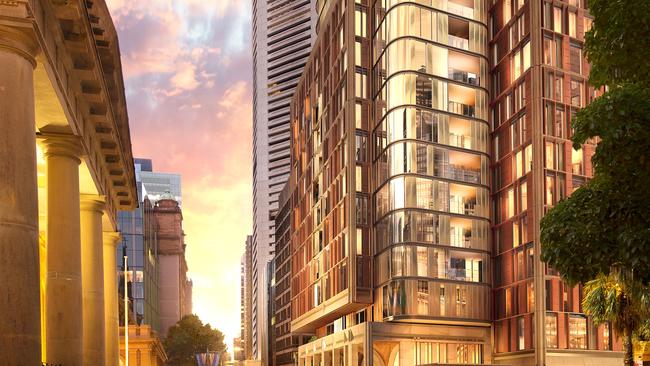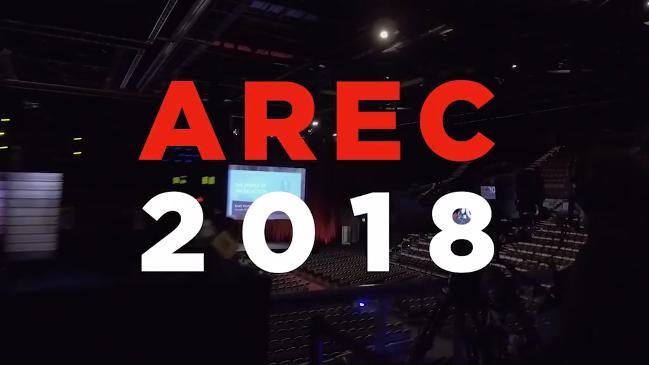NSW’S building boom must continue
RESIDENTS may not like the site of cranes and cement mixers everywhere but a potential slowdown in NSW’s building boom could have a big negative impact for home buyers, writes Jonathan Chancellor.

THE PAUSING of new housing approvals in selected suburbs across Sydney by the NSW Planning Minister Anthony Roberts comes at a pivotal period in the construction boom phase.
Capturing understandable community concerns, Mr Roberts said councils needed “to take a bit of a breath” to be able to catch up with infrastructure.
But the intervention could reap havoc as property developers seek out alternate projects in less congested suburbs or pack up altogether.
Sydney’s crane construction count has already recently eased from its late 2017 peak. There are currently 346 cranes on the Sydney skyline, down from the 350 last October. Of these some 253 are residential cranes spread across 103 suburbs.

The suburbs Epping, Wolli Creek, Parramatta, Burwood, Mascot, Homebush, Lane Cove, Lewisham, Zetland, Leichhardt and Surry Hills sit among the recent top apartment construction localities.
Currently Sydney has 51 per cent of all cranes erected nationally, while Melbourne contributed 23 per cent and Brisbane 10 per cent, according to the latest edition of the Rider Levett Bucknall Crane index.
The index highlights the vital continuing input of the construction sector in Australia’s economy.
The latest Sydney crane count saw fewer residential cranes, but this was offset by growth in the building of non-residential sector offices, hotels and retail projects.

The net loss of four cranes within Sydney was the first fall since the commencement of the index in 2012, which signals an emerging downturn in apartment construction sites and the construction jobs they create.
Sydney saw 133 residential cranes removed after project completions over the past six months with 88 new additions to the skyline.
The CBD and surrounding suburbs have 34 (10 per cent) of the installed cranes, the eastern suburbs have 11 (3 per cent), the north has 98 (28 per cent), the south has 88 (25 per cent), the west has 109 (32 per cent) and the Wollongong region had six (2 per cent).
And while residential construction has begun to ease, infrastructure investment by the NSW government has increased. This has resulted in continued, high demand for jobs.

All those tradies in high visibility vests are what’s underpinning NSW’s economic progress which has seen well over 300,000 extra jobs over the past three years.
The late afternoon line of tradie utes I saw heading in and out of Warriewood on Sydney’s northern beaches on a recent visit emphasised their importance to me.
Half had been building new homes in new house and land estates, while the others were coming back to their recently purchased homes from project sites elsewhere in Sydney.
NSW Treasurer Dominic Perrottet recently pointed out the impact of building projects.“Every single crane in the sky is more evidence of another home, another school, another hospital, another business in our capital,” he said.
But halt the new housing rollout and it will extenuate the slowing of the highly cyclical residential sector, already impacted by the emerging credit squeeze arising from official regulatory decisions and the finance industry royal commission.
Originally published as NSW’S building boom must continue
